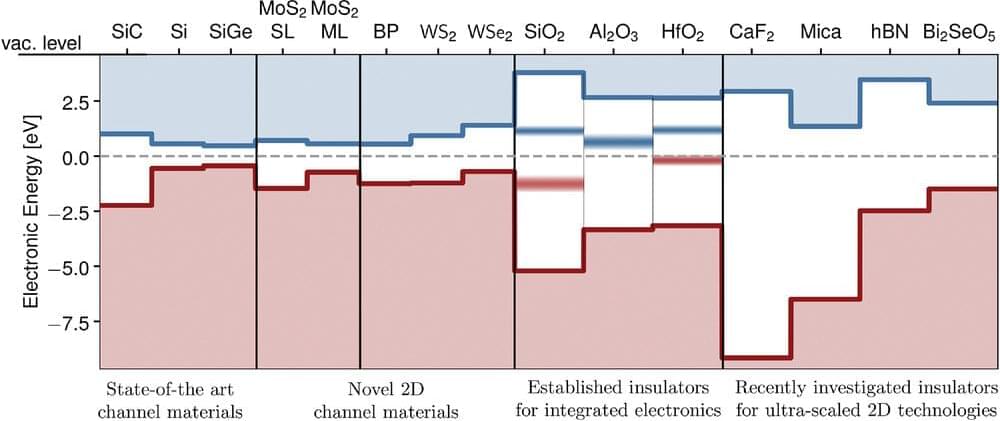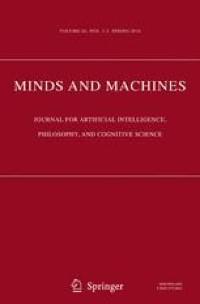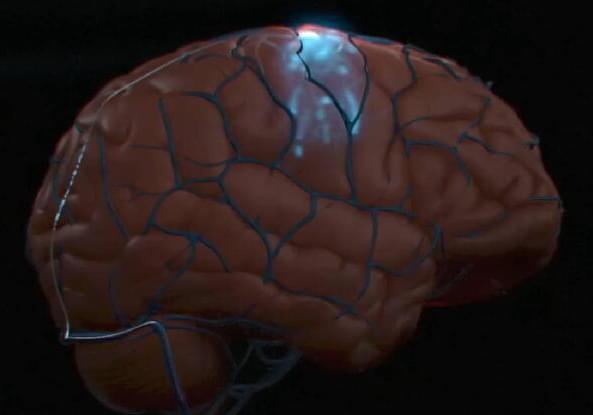Jan 19, 2023
New MIT method uses 2D materials to “catch up” with Moore’s Law
Posted by Gemechu Taye in categories: computing, particle physics
“This will change the paradigm of Moore’s Law.”
Moore’s Law predicted that the number of transistors on a microchip would double every year after 1960, though that rate would eventually hit a wall due to the fact silicone loses electrical properties past a certain size.
One possible solution comes in the form of 2D materials, also known as single-layer materials. These incredibly delicate two-dimensional sheets of perfect crystals are only a single atom thin. Crucially, at the nanometer scale, they can conduct electrons far more efficiently than silicon.


















